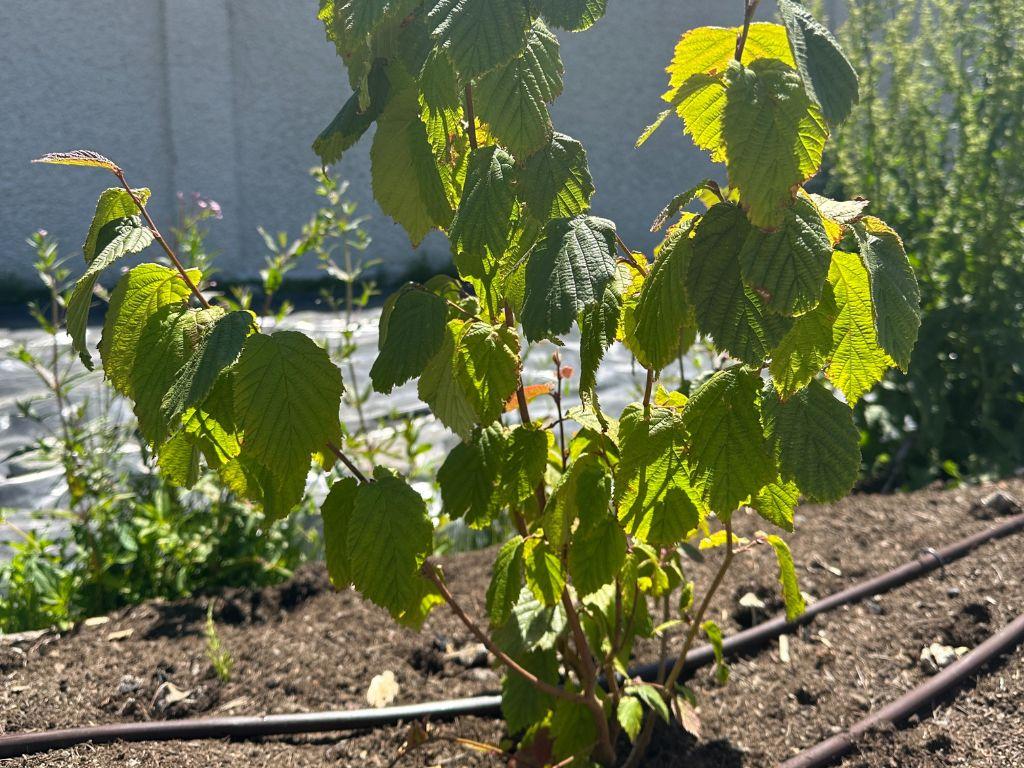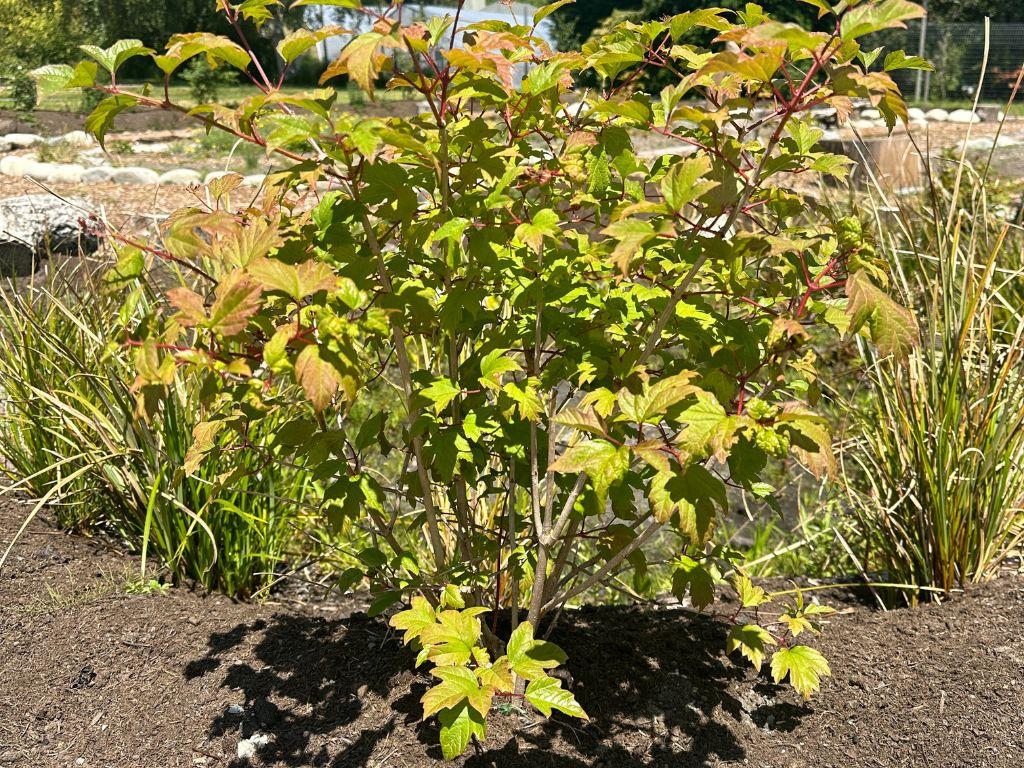Take a tour in the Indigenous Medicine Garden at RRU

Welcome to a virtual tour of the Indigenous Medicine Garden at the Farm at RRU — a haven for Indigenous plants and medicines, and those who wish to learn from them.
Here are some of the plants you'll see on a walk around the garden.

Basket sedge (Carex barbarae) is an important traditional basket fiber plant.

Beaked hazelnut (Corylus cornuta) provides edible nuts and stems used for weaving.

Black hawthorn (Crataegus douglasii) provides fruit with a sweet and sour flavour.

Brownwort (Prunella vulgaris) has medicinal properties and healing qualities.

Coastal strawberries (Fragaria chiloensis) provide a source of sweet fruit.

Goldenrod (Solidago altissima) can be used to treat burns or be made into a healing herbal tea.

Highbush cranberry (Viburnum edule) produces fruit with a tart, acid taste.

Huckleberry (Vaccinium parvifolium) provides an earthy, tart berry.

Lowbush blueberry (Vaccinium angustifolium) is a source of sweet fruit.

Nodding onion (Allium cernuum) are usually harvested before flowering, the leaves braided and the bulbs cooked.

Nootka rose (Rosa nutkana) can be used in steaming pits, root storage pits, and cooking baskets.

Pacific crabapple (Malus fusca) provides a source of fruit with a tart flavour.

Sea plantain (Plantago maritima) has edible, salty leaves which are often canned for later use.

Serviceberry (Amelanchier alnifolia) provides a source of small, sweet berries.

Silverweed (Potentilla anserina) roots are a traditional food source similar to sweet potatoes.

Woolly sunflower (Eriophyllum lanatum) are attractive to pollinators and its leaves have healing properties.

Yarrow (Achillea millefolium) has many uses in traditional Indigenous medicine.
With thanks to Solara Goldwynn, farm and food systems lead for the Farm at RRU, for identifying the plants. Learn more about the Indigenous Medicine Garden.
Support the growth of the Indigenous Medicine Garden with a donation to the Vision in Bloom fund today or volunteer at the Farm at RRU.